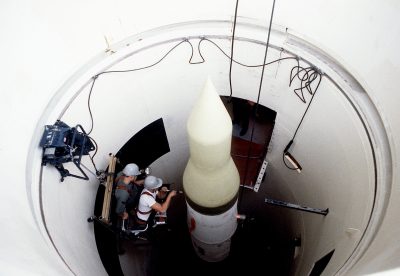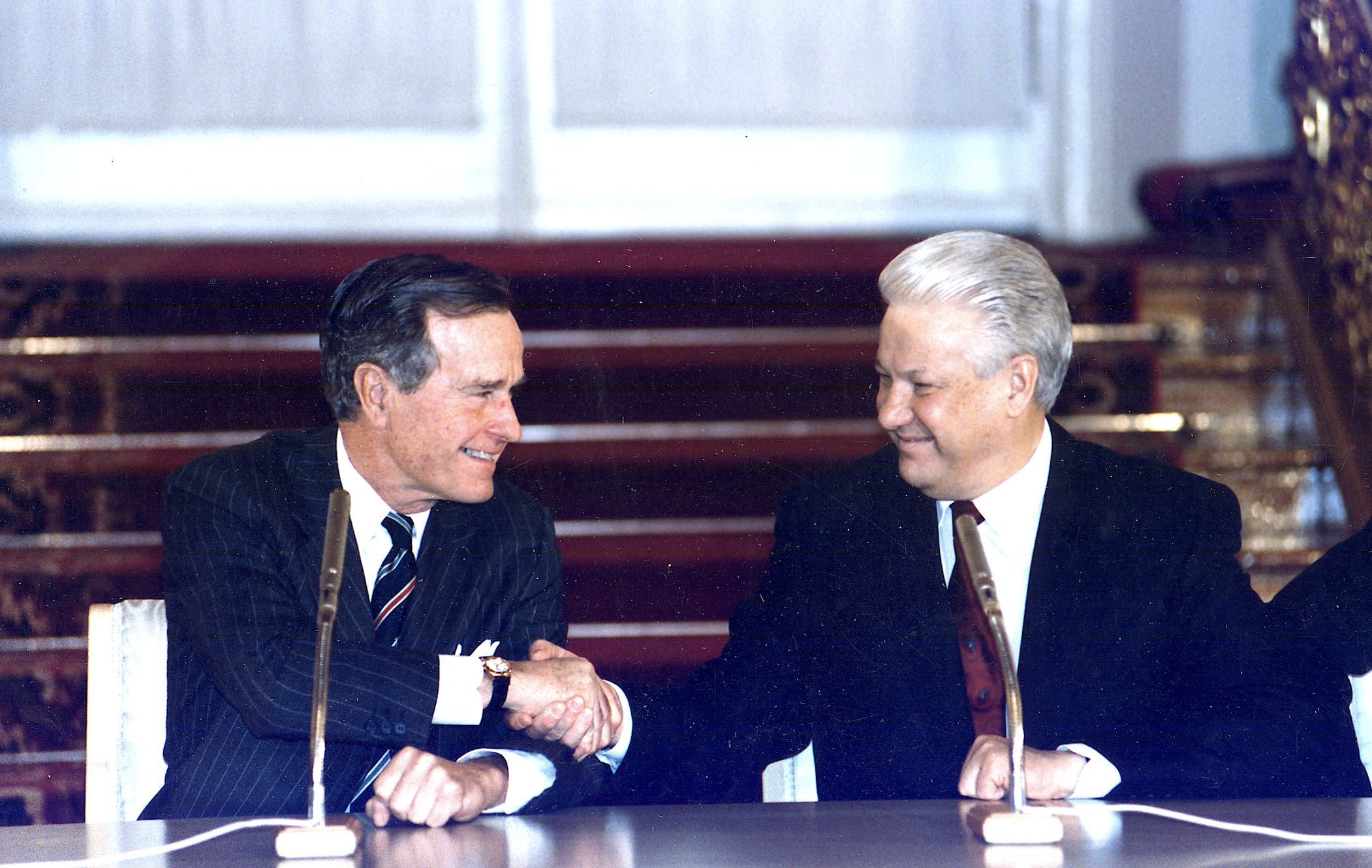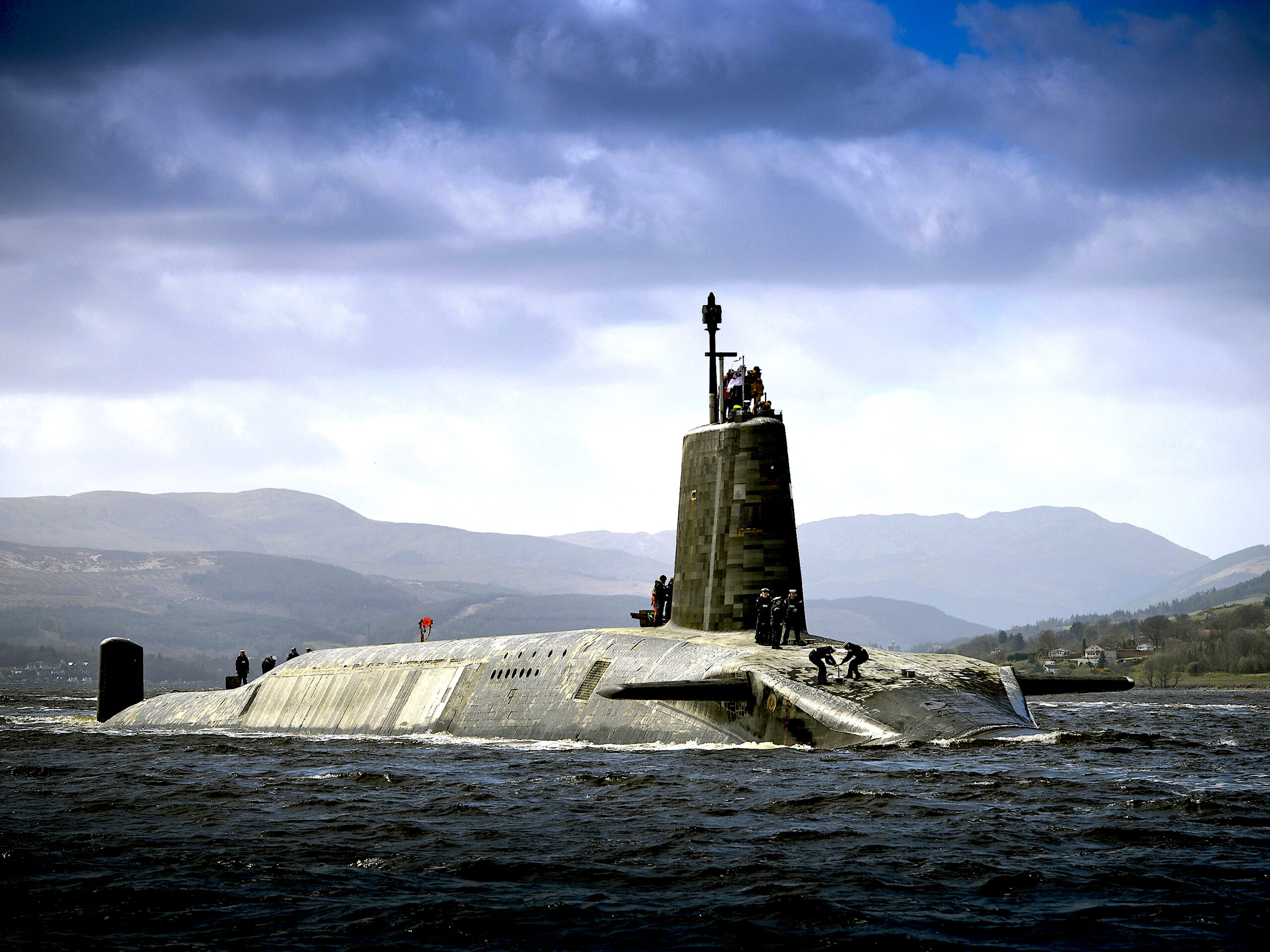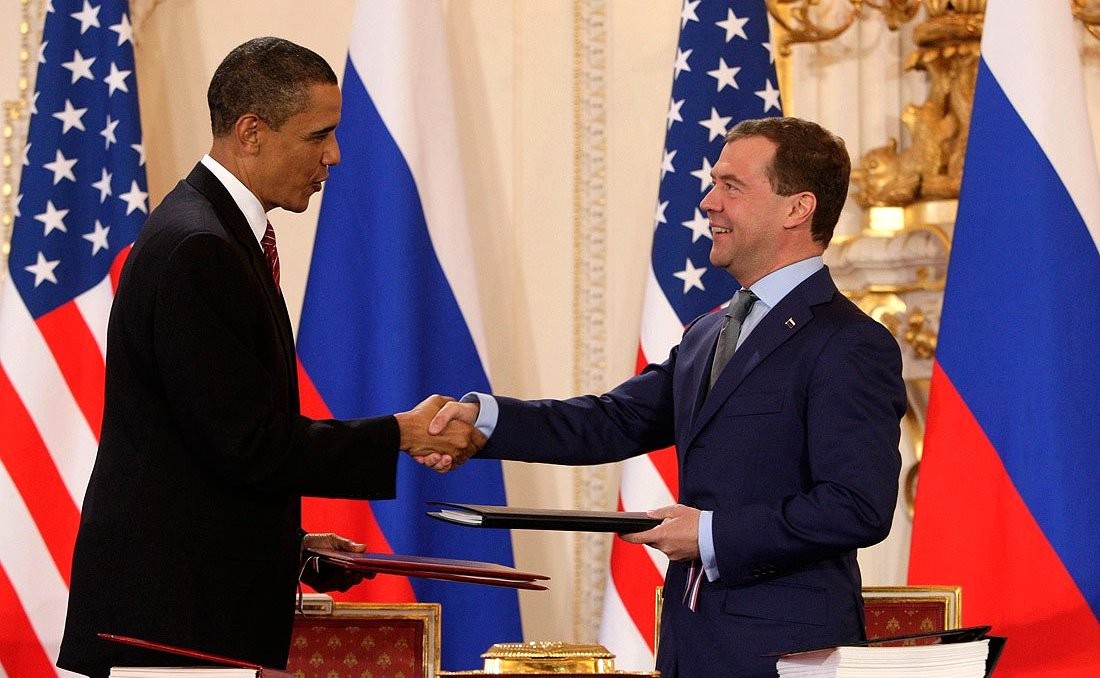The End of US Nuclear Superiority. Scott Ritter
As Russia modernizes its nuclear arsenal it is no longer interested in trying to patch up an arms control relationship with the U.S. based on the legacy of the Cold War.

All Global Research articles can be read in 51 languages by activating the Translate Website button below the author’s name.
To receive Global Research’s Daily Newsletter (selected articles), click here.
Click the share button above to email/forward this article to your friends and colleagues. Follow us on Instagram and Twitter and subscribe to our Telegram Channel. Feel free to repost and share widely Global Research articles.
***
On Nov. 1, the U.S. Air Force was forced to explosively “terminate” the flight test of a Minuteman III intercontinental ballistic missile (ICBM). This meant blowing it up in the air after it exhibited unspecified in-flight anomalies to engineers monitoring its progress.
The test launch, carried out by the U.S. Air Force’s Global Strike Command, is, according to the Air Force, “part of routine and periodic activities intended to demonstrate that the United States’ nuclear deterrent is safe, secure, reliable, and effective to deter 21st century threats and reassure our allies.”
The U.S. Air Force maintains some 400 Minuteman III, stored in silos and ostensibly on 24-hour alert to respond to any potential strategic threat targeting the United States and/or its allies. The Minuteman III has been the land-based component of the “nuclear triad” of U.S. strategic deterrence (the other two being the sea component of Trident missiles onboard Ohio-class submarines and the air component of specially designated B-52 and B-2 manned bombers).
The Minuteman III was developed in 1968, an improvement on the original Minuteman I missile design from 1958. It entered operational service in 1970. Originally conceived to carry three independently targeted warheads, the Minuteman III was retrofitted with a single warhead as part of the now defunct START II treaty, ratified by both the U.S. and Russia, but never entered into force.
Image: Presidents George H. W. Bush and Boris Yeltsin sign START II on Jan. 3, 1993, at the tail end of Bush’s term in office, in Moscow. (Kremlin, Wikimedia Commons, Public domain)

While the New START treaty that remains in effect today does not limit the number of warheads the Minuteman III can carry, the warhead limitations of the previous treaty means that the Minuteman III continues to be fitted out with a single warhead, although the U.S. Air Force routinely carries out flight tests of Minuteman III missiles retrofitted with three warheads.
The Minuteman III is scheduled to be replaced starting in 2029 with a new generation of U.S. land-based ICBM known as the Sentinel. Some Minuteman III missiles will remain on duty until the Sentinel is fully deployed sometime in the mid-to-late 2030s.
Sometime last year a British Vanguard submarine, carrying 16 nuclear-armed Trident II missiles, suffered a mechanical failure during dive operations which, if left unrectified, could have resulted in a catastrophe for the 140 crewmembers aboard at the time.
The Vanguard-class submarines (four were built) entered service in 1993, and are currently scheduled to be replaced with the new Dreadnaught-class missile submarine sometime in the 2030s. The Vanguard represents the totality of the British nuclear deterrence force. In 2017 a Vanguard-class submarine carried out a failed test launch of a Trident II missile which was kept secret from British Parliament during heated debates about the future of the British independent nuclear deterrent.

Royal Navy Vanguard Class submarine HMS Vigilant in 2014. (Thomas McDonald/MOD, Wikimedia Commons, OGL v1.0)
The failures of the aging U.S. and British strategic nuclear deterrence force contrasts sharply with a series of successful tests carried out by the Russian counterparts, including the recent launches of a modern Bulava missile from a new Borei-class submarine, a Yars ICBM equipped with an advanced Avangard hypersonic warhead, and the successful test launch of a new nuclear-powered Burevestnik cruise missile (the Russians are not immune to test failures, either, as demonstrated by the failure of a Sarmat heavy ICBM earlier this year.)
The fielding of a new generation of Russian strategic nuclear missiles places additional pressure on both the U.S. and U.K. to push forward with expensive modernization programs at a time when competition for funding has created domestic political challenges in both nations.
Missing Arms Control Framework
Complicating things further is the lack of any viable arms control framework to keep the rush to deploy new strategic systems by all three nations from exploding into an arms race that could destabilize the strategic balance of power that has existed for decades. Citing the incompatibility of strategic arms control with the U.S. at a time when Washington’s official policy is to strategically defeat Russia, Moscow has suspended its participation in the New START treaty.
Image: U.S. President Barack Obama and Russian President Dmitry Medvedev and after signing the New START treaty in Prague, April 2010. (Kremlin.ru, CC BY 4.0, Wikimedia Commons)

The New START treaty expires in February 2026. While both Russia and the U.S. had indicated an interest in pursuing a follow-on treaty that would maintain the strategic equilibrium that existed under New START, the lack of any ongoing contact between arms control negotiators from the U.S. and Russia makes any chance of having a new treaty vehicle ready in time to replace New START highly unlikely.
But the fact is that Russia appears unlikely to pursue such an option even if it were doable. Based upon a series of discussions with senior Russian officials who are knowledgeable about strategic nuclear policy, Russian officials are no longer interested in trying to patch up an arms control relationship with the U.S. that is founded in the legacy of the Cold War. The prevailing mood in Russia is that the U.S. has, over the years, negotiated in bad faith, seeking to use arms control as a vehicle to sustain U.S. strategic dominance as opposed to nuclear parity and stability.
When treaties are negotiated that achieve a modicum of reciprocal benefit, such as the anti-ballistic missile treaty and the Intermediate Nuclear Forces (INF) treaty, the U.S. withdraws once the treaty is deemed to be inconvenient to U.S. strategic objectives, such as missile defense or responding to developments outside the framework of the treaty (such as Chinese missile systems not covered under the INF treaty.)
Russians believe that the strategic arms reduction treaties, individually and collectively, were never designed to produce nuclear parity, but rather to sustain U.S. nuclear superiority. The New START treaty has been singled out as an example of U.S. duplicity, where the Obama administration kept issues pertaining to missile reductions separate from missile defense, promising to address each separately, only to walk away from missile defense once the missile reduction treaty (New START) was ratified.
When New START expires in 2026, Russia is positioning itself to pursue its current nuclear modernization programs free of any treaty constraints. This will complicate the nuclear modernization efforts of both the U.S. and U.K., whose follow-on capabilities, being developed at a cost of hundreds of billions of dollars, will be inferior to the systems Russia is in the process of deploying.
Russia will not entertain any negotiating process which seeks to nullify its strategic advantage, especially so long as the U.S. and its Western allies embrace policies which paint Russia as a strategic enemy and seek the strategic defeat of Russia.
If there is to be any hope for a revival of nuclear arms control between the U.S. and Russia, it will not be through a vehicle which sustains the legacy of the Cold War.
Instead, a new strategic relationship will have to emerge based upon modern realities, where the U.S. either must spend huge amounts of money to reach nuclear parity with Russia or negotiate from a position of strategic inferiority.
The day and age of unquestioned American nuclear superiority has passed.
Whether U.S. policy makers can adjust to this new circumstance remains to be seen. But any failure to do so will only trigger an inevitable arms race which the U.S. cannot win, and for which the consequences of failure could be fatal to the entire world.
*
Note to readers: Please click the share button above. Follow us on Instagram and Twitter and subscribe to our Telegram Channel. Feel free to repost and share widely Global Research articles.
Scott Ritter is a former U.S. Marine Corps intelligence officer who served in the former Soviet Union implementing arms control treaties, in the Persian Gulf during Operation Desert Storm and in Iraq overseeing the disarmament of WMD. His most recent book is Disarmament in the Time of Perestroika, published by Clarity Press.
Featured image: Crewmen perform an electrical check on an LGM-30F Minuteman III intercontinental ballistic missile in its silo in 1980. (Wikimedia Commons, Public domain)

